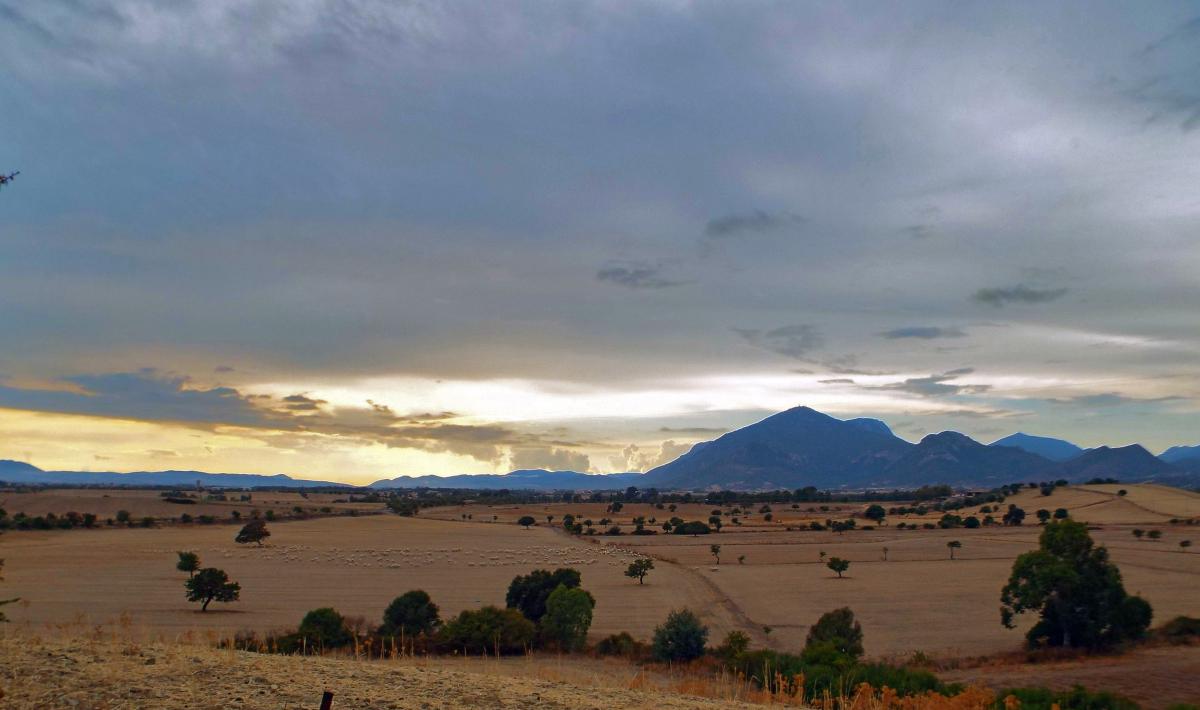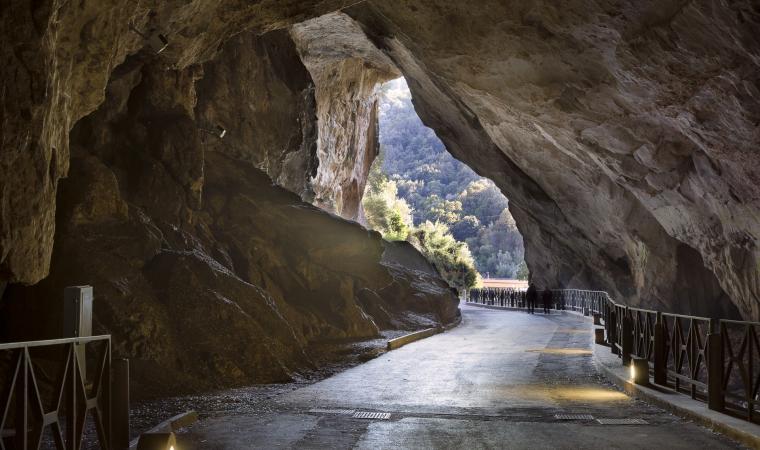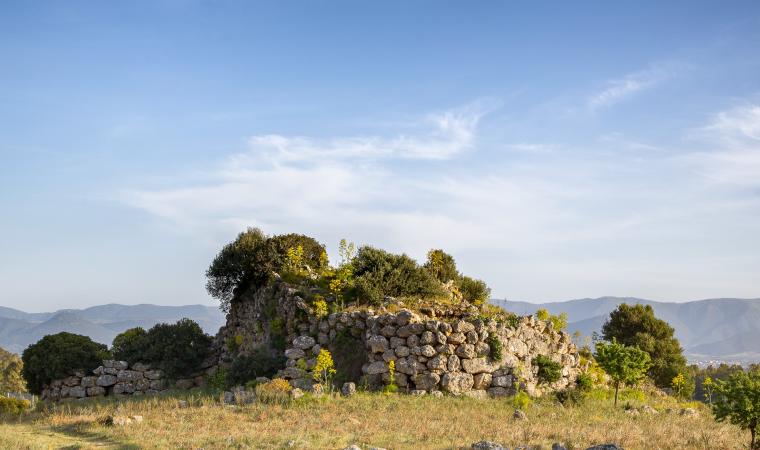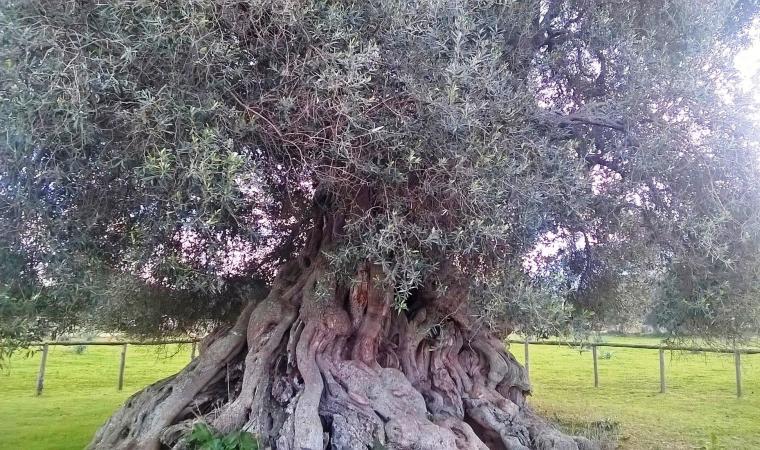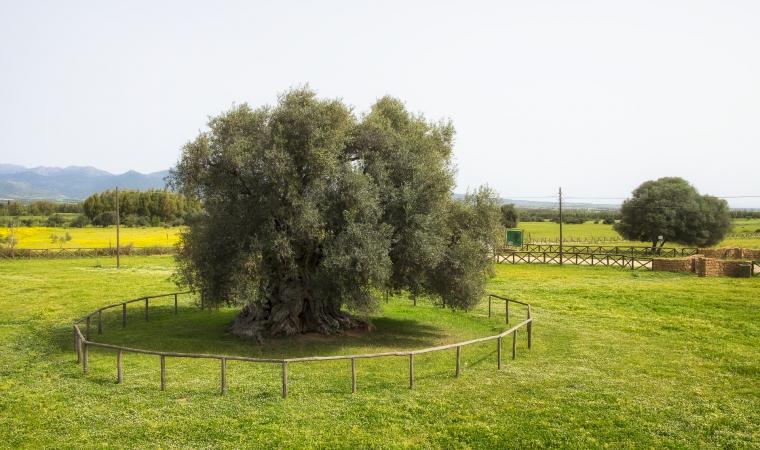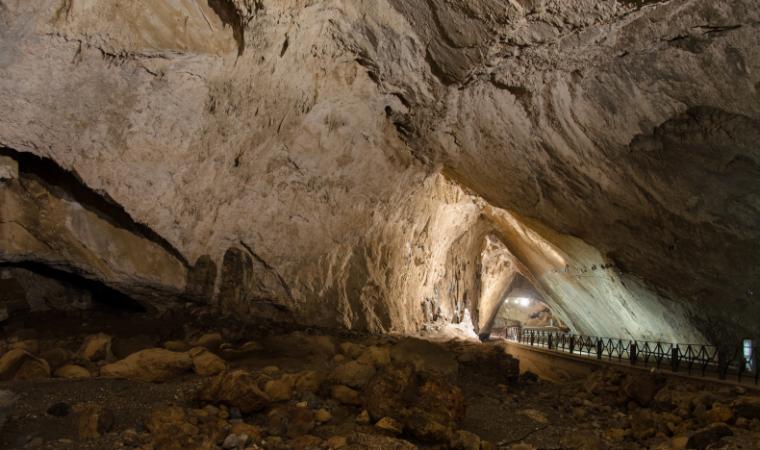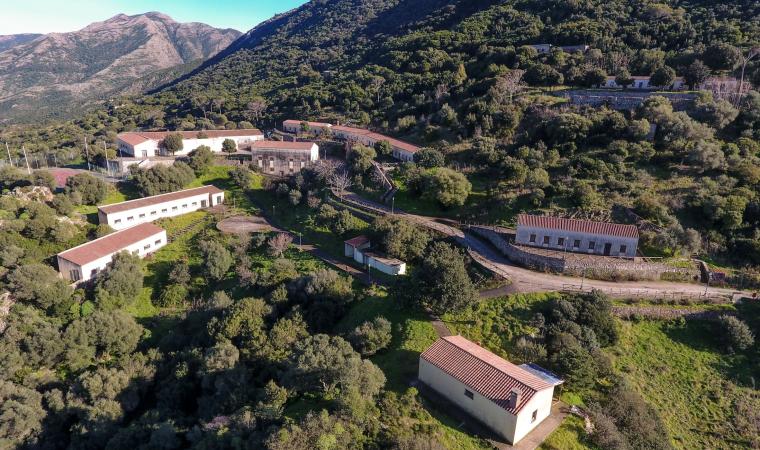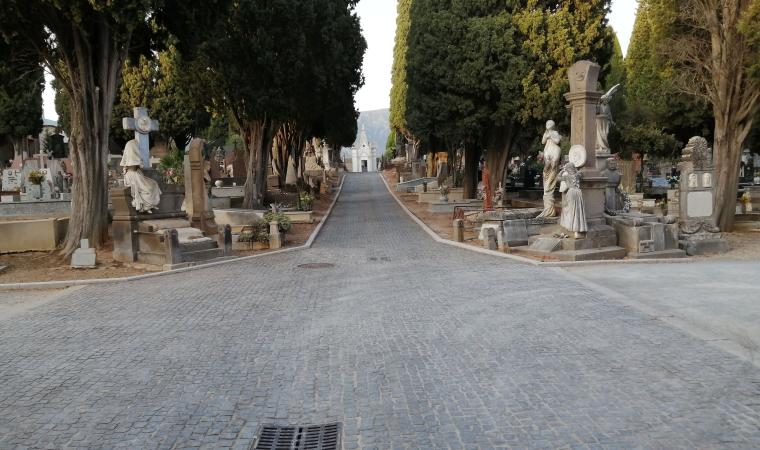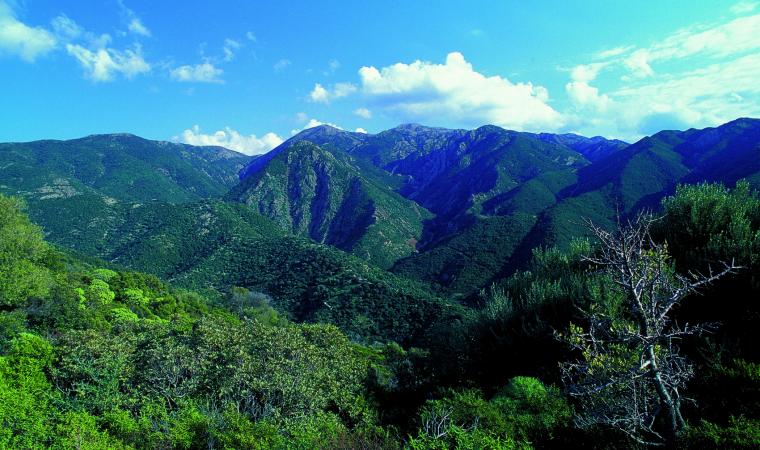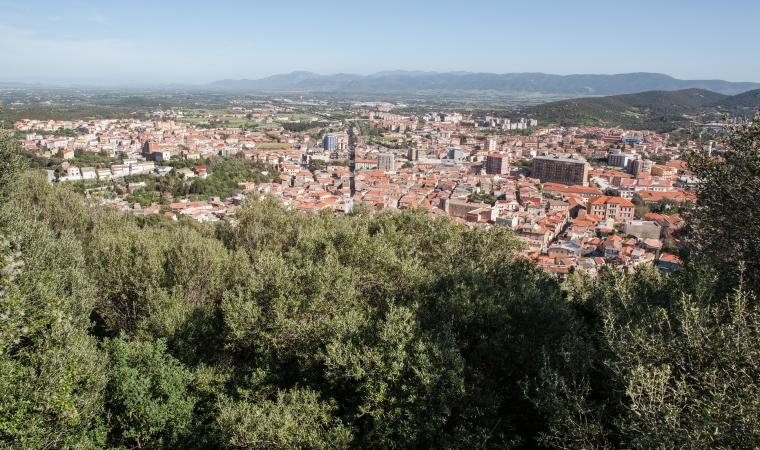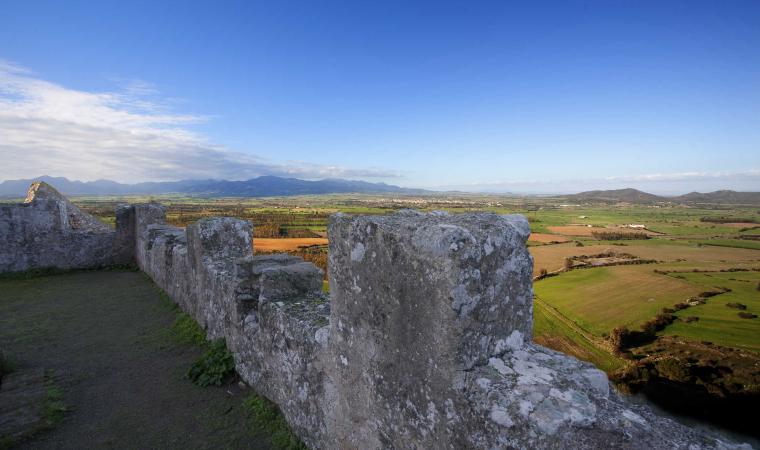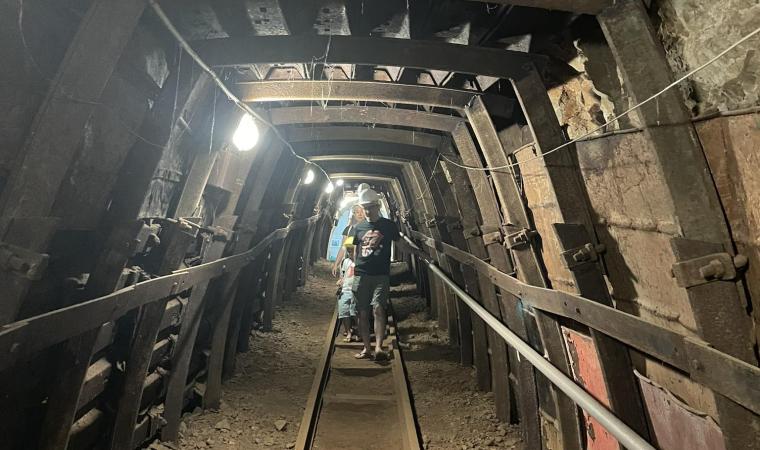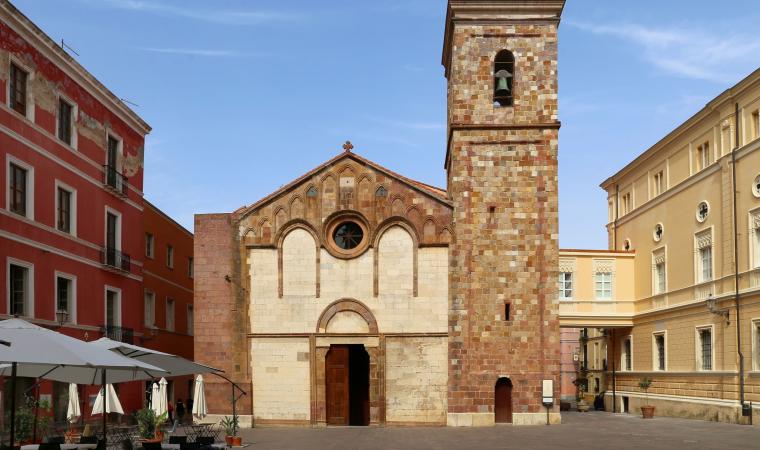Its water-rich territory extends in the valley of the Cixerri River and is irrigated by the river’s many tributaries which are in turn fed by the springs of the nearby Mount Domosnovas. Musei is a town of over 1500 inhabitants easily reached from SS130, which links Iglesias and Cagliari. The origins of its curious name are shrouded in mystery. Listed as Musej in Pisan income records (1323) and as Musey in the Codex Diplomaticus Sardiniae (a few years later). Later, from the Medieval period up to the 17th century, it was called Villa di Prato. During this period, it first belonged to the Giudicato of Calari and then to the Pisan Della Gherardesca family. The family were once the masters of the Acquafredda Castle, which stands in Siliqua, in the centre of the valley. With the arrival of the Jesuits, the name changed once more. The new name may have originated from the name Iesum read backwards, or the corruption of moisè, a Jewish settlement found here, or from the Semitic word mosià (task). In fact, it was the Society of Jesus to inherit the town in 1607 from feudatory (and protector of the Jesuits) Monserrato, the son of Elena Nicolau and a well-known humanitarian and judge of the Royal Audience. They played a crucial role in the development of the new town, overseeing the construction of a late-baroque church supplied with fine implements, including a silver-laminated processional cross, and the Convent of Sant’Ignazio di Loyola, patron saint of the Society of Jesus, whose feast is at the end of June. Residential buildings were constructed in the surrounding area. In addition to apostolate and cultural activities, the Jesuits gave a new impulse to agriculture, especially the planting of wheat and grapevines, as well as to livestock farming, for which the town became known throughout the island in the 18th century. This is the source of the strong agro-pastural traditions of present day Musei.
Fertile land has always drawn people to this area. Evidence of human presence in the area in ancient times includes nuraghes as well as Punic and Roman relics, especially a site near the extremely of village of Arruinalis, where the foundations of antient buildings have been excavated.

